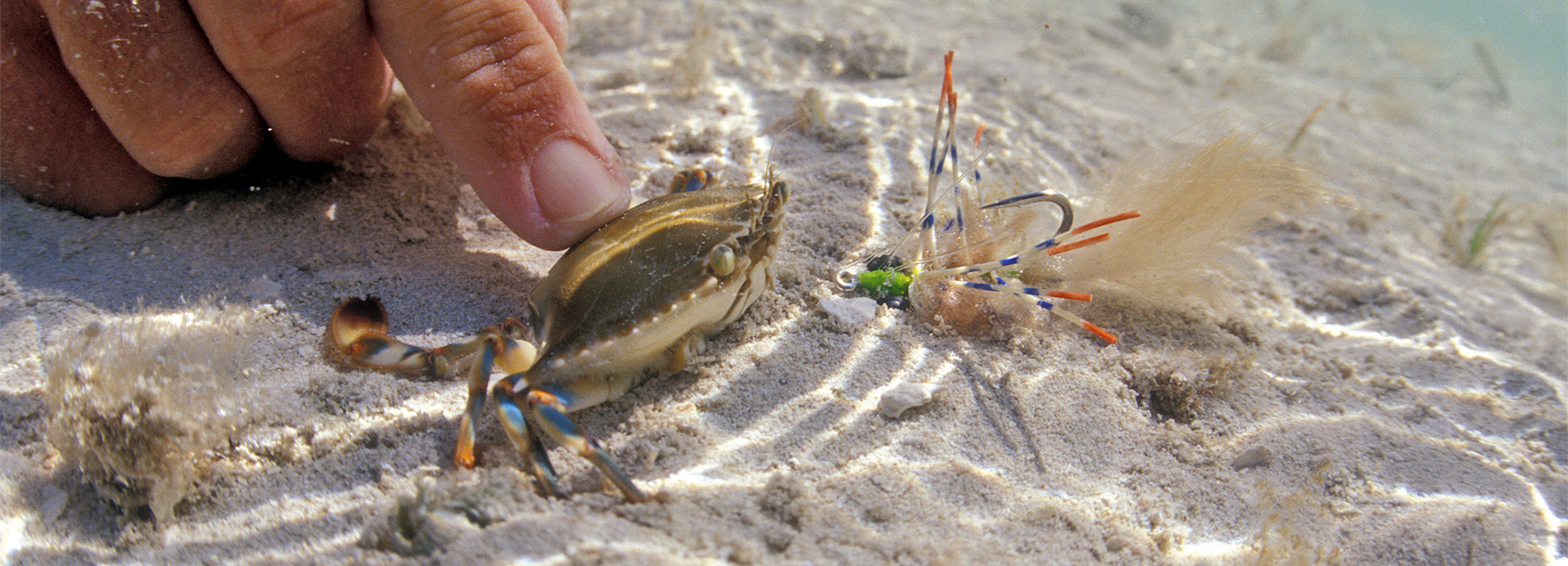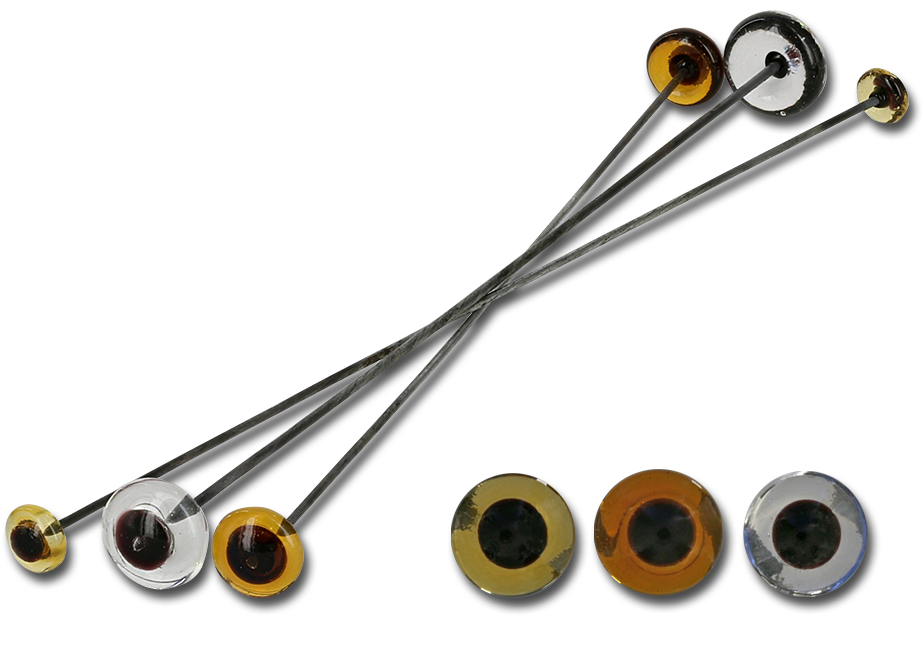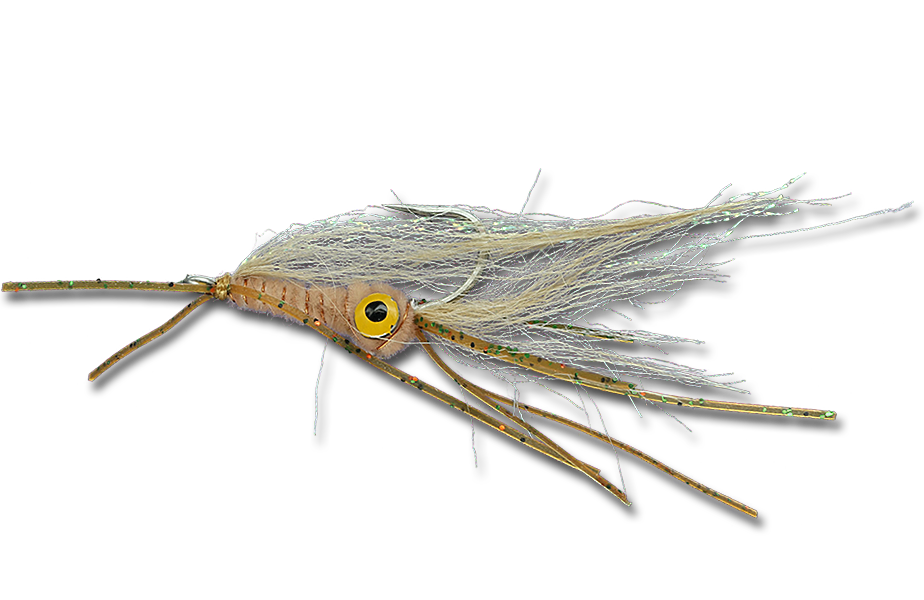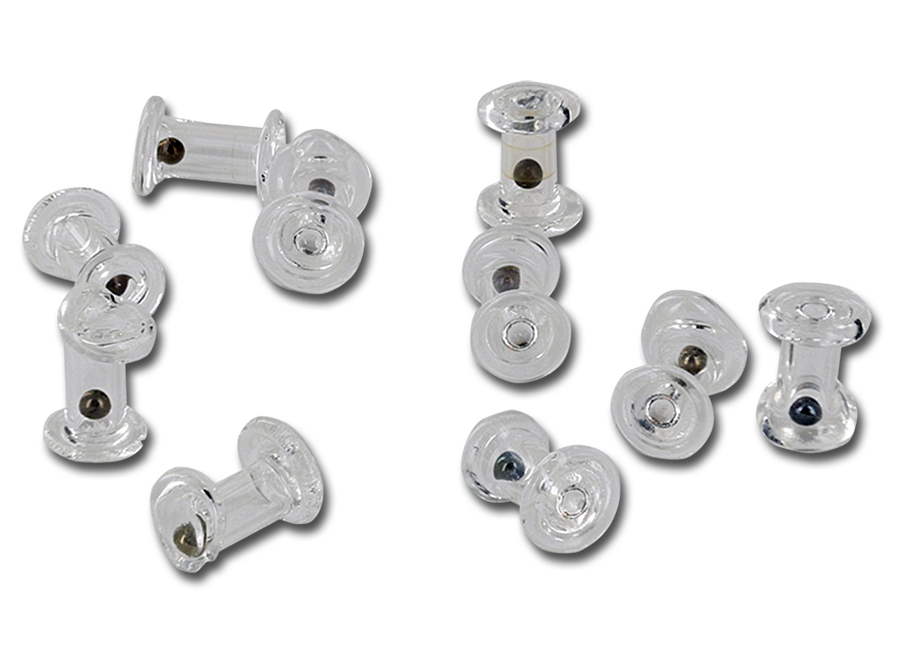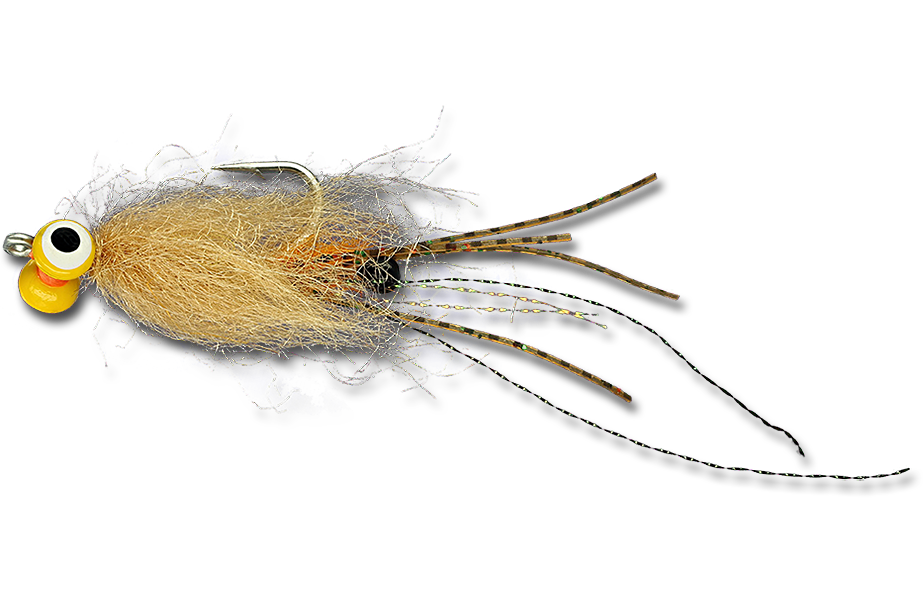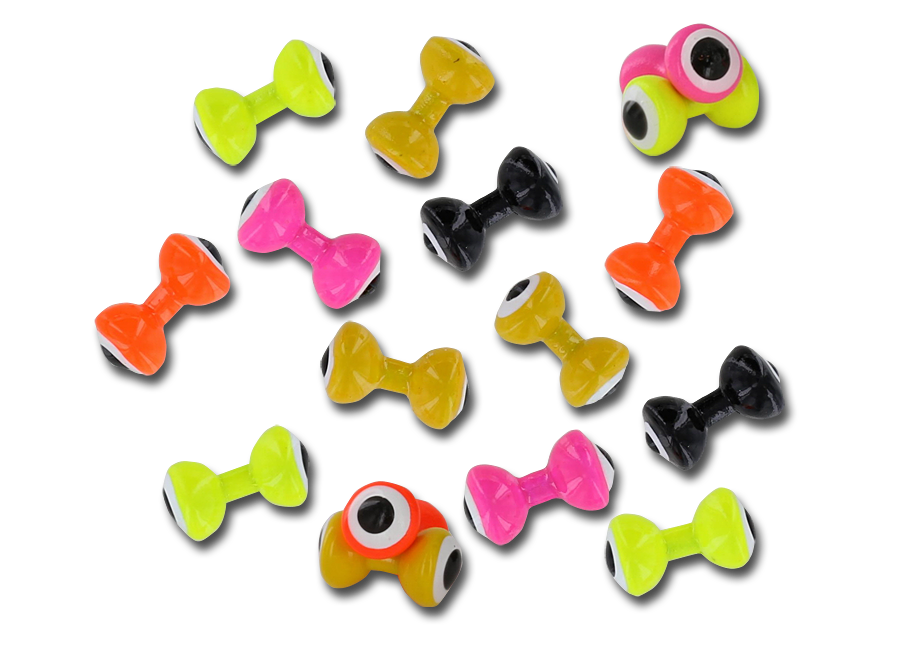The Importance of Eyes in Fly Tying
By Eric Ersch
Before he proved himself to be a highly-skilled permit fly fishing guide, Jesus Martinez fed his family by fishing with his eyes. Born to a family of fishermen who survived for generations by providing food from the sea, his elders recognized his ability at a young age, utilizing Jesus as a fish “spotter” aboard their sea-going vessels.
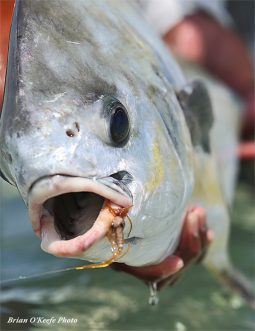 Recently, showing me the fly proven most successful over months of guiding anglers to permit after permit on Espiritu Santo Bay, located on the Yucatan Peninsula, Jesus stressed the importance of the eyes on flies. Immediately upon the yellow eyes showing signs of wear, Jesus will cut the fly off the leader and knot on a new one with fresh “yellow eyes.” And his anglers continue to hook crazy numbers of permit.
Recently, showing me the fly proven most successful over months of guiding anglers to permit after permit on Espiritu Santo Bay, located on the Yucatan Peninsula, Jesus stressed the importance of the eyes on flies. Immediately upon the yellow eyes showing signs of wear, Jesus will cut the fly off the leader and knot on a new one with fresh “yellow eyes.” And his anglers continue to hook crazy numbers of permit.
Juvenile spiny lobsters, mantis shrimp and crabs all have notable eyes. If you have ever watched a permit swim up to your fly, give it a thorough inspection and then reject it, you have had to ask yourself why. Fly design is all about solving problems, and the eyes make a difference. By adding strike-triggers to your flies — and eyes are strike-triggers — you will convince more fish that your fly is alive and worth eating.
Few saltwater flats fish are more difficult to convince than a permit. Serious anglers have spent decades designing and tweaking their permit flies, trying to “break the code.” The weight and position of the eyes that you place on your fly will affect the sink rate and posture of the fly as it sinks through the fish’s window, making it a critical design component. If it doesn’t look real, you are wasting your time.
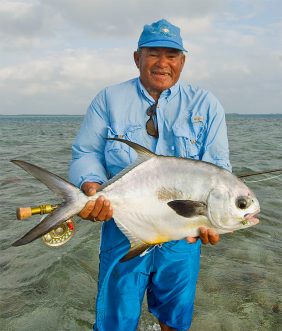 A couple of weeks ago, I had the opportunity to fish with permit master Mr. Lincoln Westby. He had worked closely with the late Will Bauer in designing the Bauer’s Flats Crab, a “go to” permit fly in Belize that features prominent burnt mono eyes. It sank level through the water column, with the weight on the bottom of the crab, and the neutrally buoyant eyes looking over the shallow coral flats outside of Dangriga.
A couple of weeks ago, I had the opportunity to fish with permit master Mr. Lincoln Westby. He had worked closely with the late Will Bauer in designing the Bauer’s Flats Crab, a “go to” permit fly in Belize that features prominent burnt mono eyes. It sank level through the water column, with the weight on the bottom of the crab, and the neutrally buoyant eyes looking over the shallow coral flats outside of Dangriga.
Fishing a few days later in the Punta Gorda region, the habitat was completely different. Instead of the shallow coral flats on which I’d fished crabs with Lincoln, we were fishing in three to five feet of water over turtle grass. The permit were moving erratically in search of food, often changing direction before the crab sank into their window. We needed a different fly that sank faster, and I could animate it more quickly than a crab, hoping to get the permit’s attention at a greater distance. We hooked a couple permit that afternoon, and more the following day, all on the Jesus shrimp with, of course, fresh, yellow eyes.
